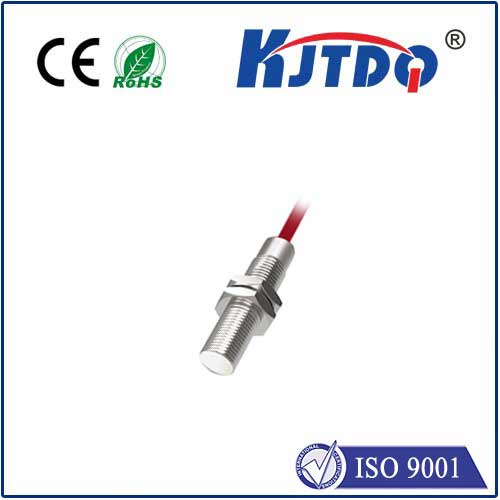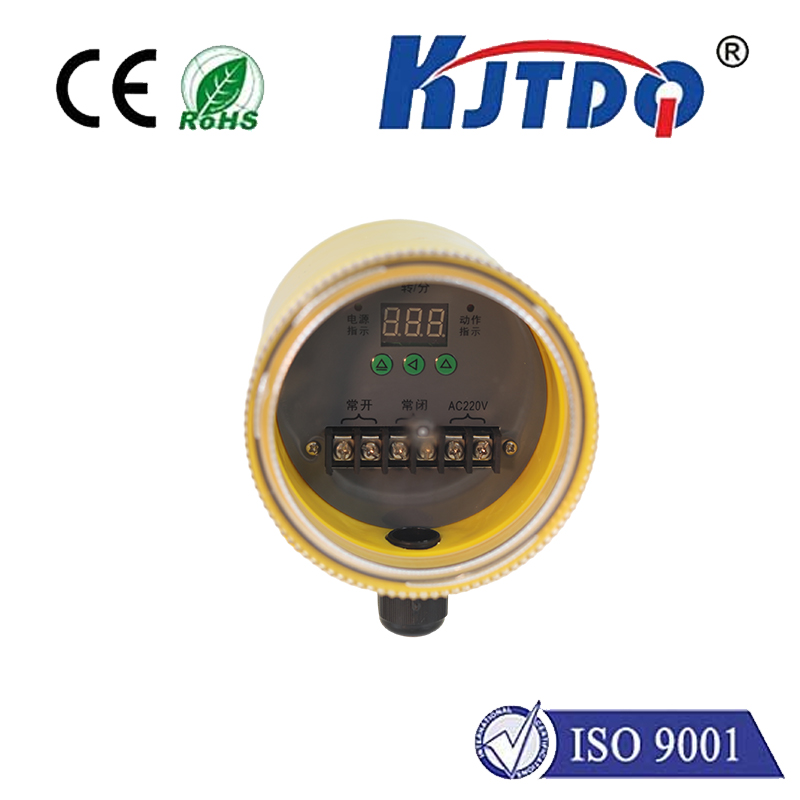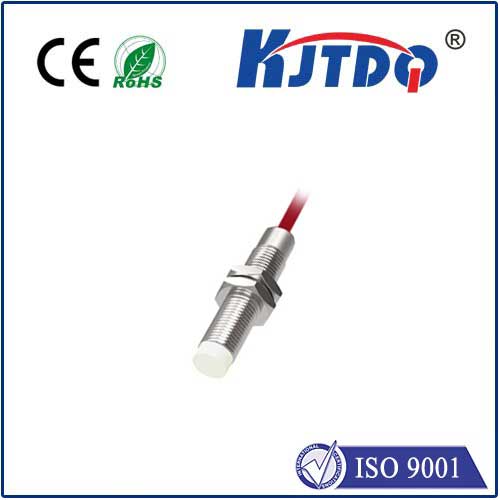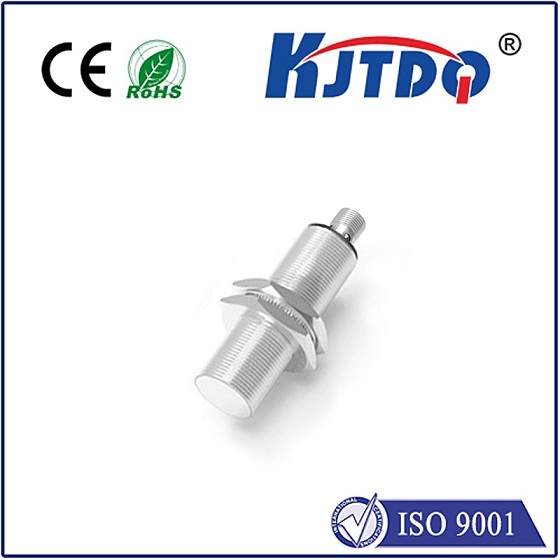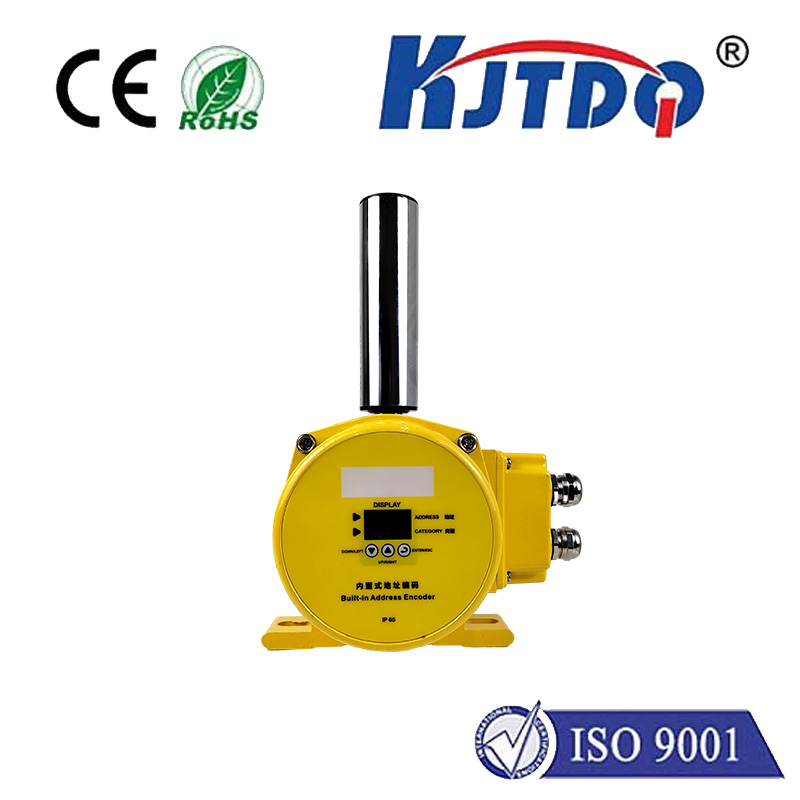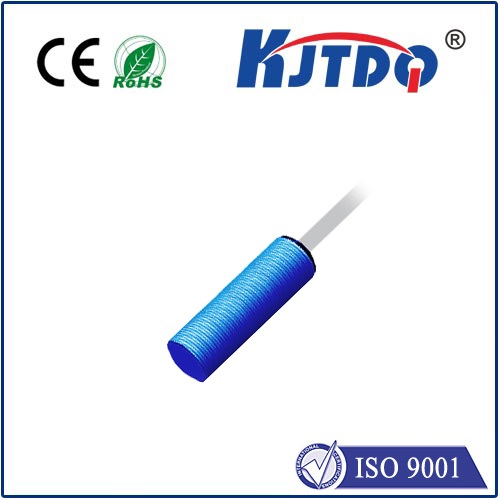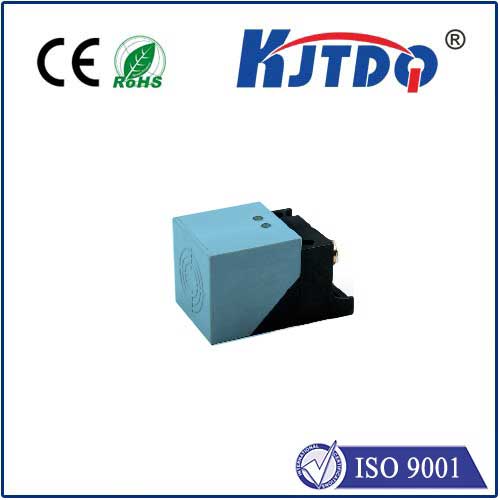BES00H8 high pressure proximity sensor
- time:2025-09-30 19:20:22
- Click:0
BES00H8 High Pressure Proximity Sensor: Engineered for Demanding Industrial Realities
The relentless forces within industrial environments demand components built for endurance. Machinery operating under immense hydraulic pressure, subjected to intense vibrations, and exposed to harsh fluids and particulates requires sensing solutions that don’t just function but thrive under duress. This is the domain of specialized sensors like the BES00H8 High Pressure Proximity Sensor. Designed explicitly to deliver unwavering reliability where others falter, the BES00H8 stands as a critical safeguard for complex systems operating at the edge.
Beyond Standard Sensing: Confronting the Pressure Challenge
Conventional proximity sensors excel in countless applications. However, when installed in environments experiencing sustained or dynamic high pressures – such as within hydraulic cylinders, high-pressure manifolds, testing rigs, or subsea equipment – standard sensors face significant challenges. The physical stress exerted by pressures exceeding typical atmospheric conditions can compromise sensor housing integrity, damage internal electronics, induce signal drift, or cause complete failure. Seals can leak, housings can deform, and sensitive components can succumb to the constant force. This vulnerability translates directly into costly downtime, potential safety hazards, and compromised process integrity.
The BES00H8 High Pressure Proximity Sensor is engineered from the ground up to overcome these exact obstacles. It represents a category of sensing technology purpose-built to operate reliably where pressures routinely reach levels that would disable ordinary devices. Its core mission is to provide non-contact position detection and reliable switching signals in these punishing scenarios, ensuring continuous monitoring and control.

Anatomy of Resilience: What Makes the BES00H8 Tick
Several key design elements converge to give the BES00H8 its exceptional pressure tolerance:
- Robust Pressure-Resistant Housing: At its heart lies a housing constructed from high-strength materials like stainless steel or specially engineered alloys and polymers. This isn’t just about being “tough”; it’s about resisting deformation and maintaining structural integrity under substantial compressive forces. The specific geometry and wall thickness are critical calculations.
- Advanced Sealing Technology: Preventing the ingress of pressurized media (like hydraulic oil) or environmental contaminants is paramount. The BES00H8 employs sophisticated multi-stage sealing systems, often utilizing specialized elastomers and precisely engineered sealing geometries. Achieving certifications like IP68 or IP69K is common, guaranteeing protection against dust and high-pressure water jets – a testament to its sealing prowess, even under external pressure.
- Protected Internal Electronics: The sensing element and signal conditioning circuitry are meticulously shielded within the pressure-resistant housing. Potting compounds or specialized encapsulation techniques may be used to further protect sensitive components from the mechanical stresses induced by pressure fluctuations and vibrations. This ensures the electronic core remains stable.
- Proven Sensing Principle: Utilizing a highly reliable inductive sensing principle, the BES00H8 detects the presence or absence (or position) of metallic targets without physical contact. This eliminates mechanical wear, a significant advantage in high-vibration environments often accompanying high-pressure scenarios.
- Optimized Performance Under Load: Crucially, the sensor’s core specifications – including its operating distance, switching frequency, and temperature range – are defined and guaranteed while operating under its rated high pressure. Performance isn’t just tested at atmospheric conditions; it’s validated under real-world stress.
Where the BES00H8 Makes Its Mark: Critical Applications
The unique capabilities of the BES00H8 proximity sensor unlock its use in sectors where pressure is intrinsic to the process:
- Hydraulic Systems: Monitoring cylinder piston position within high-pressure hydraulic actuators is a primary application. Accurate position feedback is vital for controlled movement and safety in heavy machinery (excavators, presses), injection molding machines, and industrial automation.
- Industrial Process Valves: Verifying the open/closed status of high-pressure valves controlling the flow of liquids or gases in chemical plants, refineries, or power generation facilities.
- Test & Measurement Equipment: Position sensing within high-pressure test chambers, fatigue testing rigs, and material science research apparatus where pressures are deliberately elevated to extreme levels.
- Fluid Power Applications: Monitoring components within pumps, compressors, and intensifiers operating under significant pressure loads.
- Offshore & Subsea Equipment: Demanding environments like oil & gas exploration and production, where equipment is subjected to both hydrostatic pressure and challenging operating conditions.
- Food & Beverage Processing: Position detection in high-pressure homogenizers or ultra-high-pressure (UHP) pasteurization systems.
The Tangible Benefits: Reliability is ROI
Choosing a sensor specifically designed for high pressure, like the BES00H8, delivers concrete advantages:
- Enhanced System Reliability & Uptime: Minimizes unexpected sensor failures caused by pressure stress, reducing costly production stoppages and maintenance interventions.
- Increased Operational Safety: Reliable position feedback is often critical for machine safety functions and preventing dangerous situations in high-pressure systems.
- Longer Service Life: Built to withstand harsh conditions, these sensors offer significantly extended operational lifetimes compared to standard sensors placed under similar pressure loads.
- Reduced Maintenance Costs: Fewer replacements and less frequent troubleshooting translate directly to lower total cost of ownership.
- Accurate & Consistent Performance: Delivers dependable switching signals even under fluctuating pressure conditions, ensuring process control loops function as intended.
Selecting and Implementing the BES00H8
Integrating a high pressure proximity sensor requires careful consideration:
- Pressure Rating: Clearly understand the maximum continuous pressure the sensor will experience, including potential pressure spikes or surges. The BES00H8 is typically characterized by its specific pressure rating (e.g., tested up to 350 bar or 5000 psi).
- Media Compatibility: Ensure the sensor housing and seals are compatible with the surrounding fluid (oil, water, chemicals) and any environmental contaminants.
- Electrical Specifications: Match the required voltage supply (e.g., 10-30V DC), output type (e.g., NPN, PNP, NO, NC), and current rating to your control system.
- Mechanical Fit: Confirm the physical dimensions (barrel or block style), mounting method (threaded, flange), and required sensing distance suit the installation point.
- Environmental Factors: Consider ambient temperature range, potential for vibrations, and any requirements for specific certifications (like TUV, ATEX for hazardous areas, or specific food-grade approvals).
The BES00H8 High Pressure Proximity Sensor embodies a solution engineered for necessity. It moves beyond the limitations of standard sensing technology, providing the robustness, reliability, and precision demanded by applications where pressure isn’t just a factor, but a defining characteristic. In environments where failure is not an option, deploying purpose-built sensors like the BES00H8 is an investment in operational resilience and long-term performance. Its ability to deliver consistent, non-contact position feedback under extreme compressive forces makes it an indispensable component in the backbone of modern, demanding industrial automation.






